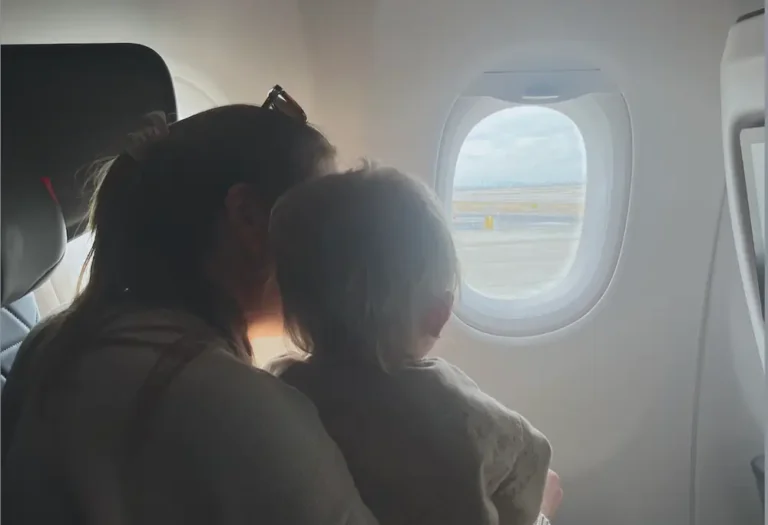Where will San Jose’s 200 tiny homes from Gov. Newsom end up?
A Thursday night vote threw a possible wrench in the plans for a development at the Valley Transportation Agency’s Cerone work yard
An empty plot of land owned by the Valley Transportation Authority in a remote part of north San Jose could become the next homeless housing site, bolstering the city’s interim shelter portfolio by 200 units provided by Gov. Gavin Newsom.
However, the plan may encounter a snag. On Thursday evening, officials voted to begin drafting paperwork to finalize the deal while also exploring three other potential locations for the project around the city. Some VTA leaders and employees are opposed to the idea due to safety concerns.
The agency’s board of directors has scheduled a final vote on the proposal, which is located on Zanker Road, for next month. The Zanker Road location has already been approved by the San Jose City Council. The six-acre site is located just north of Highway 237, next to VTA’s Cerone work yard.A slew of tech buildings surround the location, including a half-dozen Cisco offices to the south.
San Jose Mayor Matt Mahan, a voting member of the VTA board and a strong supporter of Cerone, said he understands the community’s concerns about safety, but that they can be addressed with the same security that exists at the city’s other interim housing sites.
“It’s been a slow and convoluted process getting to this point where we have a design,” he explained in an interview. “And we know that (Cerone) can hold the Governor’s 200 units at no additional cost to taxpayers.” It’s an excellent location.”
The site’s quick passage is critical to meeting the mayor’s ambitious goal of removing 1,000 homeless people from the streets by the end of the year. According to the most recent count, the city has slightly less than 4,500 unsheltered homeless residents, an 11% decrease from the previous year.
The Governor’s housing units, which the state will construct and then turn over to the city to be run by a nonprofit, will have 120 square foot rooms as well as community and case management buildings. When finished, it will be the city’s tenth interim housing site, which includes RV parking lots.
During the meeting on Thursday night, VTA staff suggested finding locations other than Cerone.
“We have concerns about this specific (location),” said James Lawson, Chief External Affairs Officer for the transit agency. “This is a workforce that has been through a lot in the last three years, including the COVID epidemic, a cyber attack, and a mass shooting at another yard we have.” In 2021, a disgruntled VTA employee opened fire on nine coworkers at one of the agency’s facilities, resulting in one of California’s worst mass shootings.
Lawson also discussed potential traffic issues that could arise, in addition to safety.
VTA’s Hostetter Park and Ride near the intersection of Highway 680 and North Capitol Avenue, Cottle Park and Ride in the city’s south, and the Berryessa/North San Jose Transit Center are three alternatives. Each has room for about 70 units, implying that the Governor’s offer would be divided into sections.
“There are other sites and other opportunities,” said Raj Sehdev, a senior architect with VTA who spoke at the meeting on Thursday. “I would strongly recommend that be considered.”
Cerone supporters, on the other hand, argue that it will be safe and that the alternatives are not economically viable.
“They want to feel safe when they’re there,” Gilroy Mayor Marie Blankley, a VTA board member, said in an interview of the transit agency’s employees. “I appreciate and comprehend your concerns…It is providing interim emergency housing in an area that can benefit from the Governor’s office’s economies of scale. No other website has that many units.”
Blankley explained that the agreement made sense because San Jose has a funding source as well, referring to Measure E, a tax that goes toward homelessness housing efforts. This year, advocates for permanent affordable housing sharply disagreed with Mahan, who was able to redirect some funding toward interim solutions. Opponents of the mayor’s strategy argue that it fails to address the root issue of housing affordability, whereas Mahan sees encampments as an immediate humanitarian crisis that requires a quick solution. Some are also concerned about the city’s long-term ability to fund the interim housing.
Gov. Gavin Newsom announced in March that he would distribute 1,200 new tiny homes across the state. Along with San Jose, 500 will be sent to Los Angeles, 150 to San Diego, and 350 to Sacramento.
At the time, the Governor stated that he intended to work with cities that would embrace the specific housing strategy, which aims to rapidly move people out of street encampments and serve as a transition point before moving into affordable housing. Notably, no units were offered to residents of San Francisco or Oakland.





